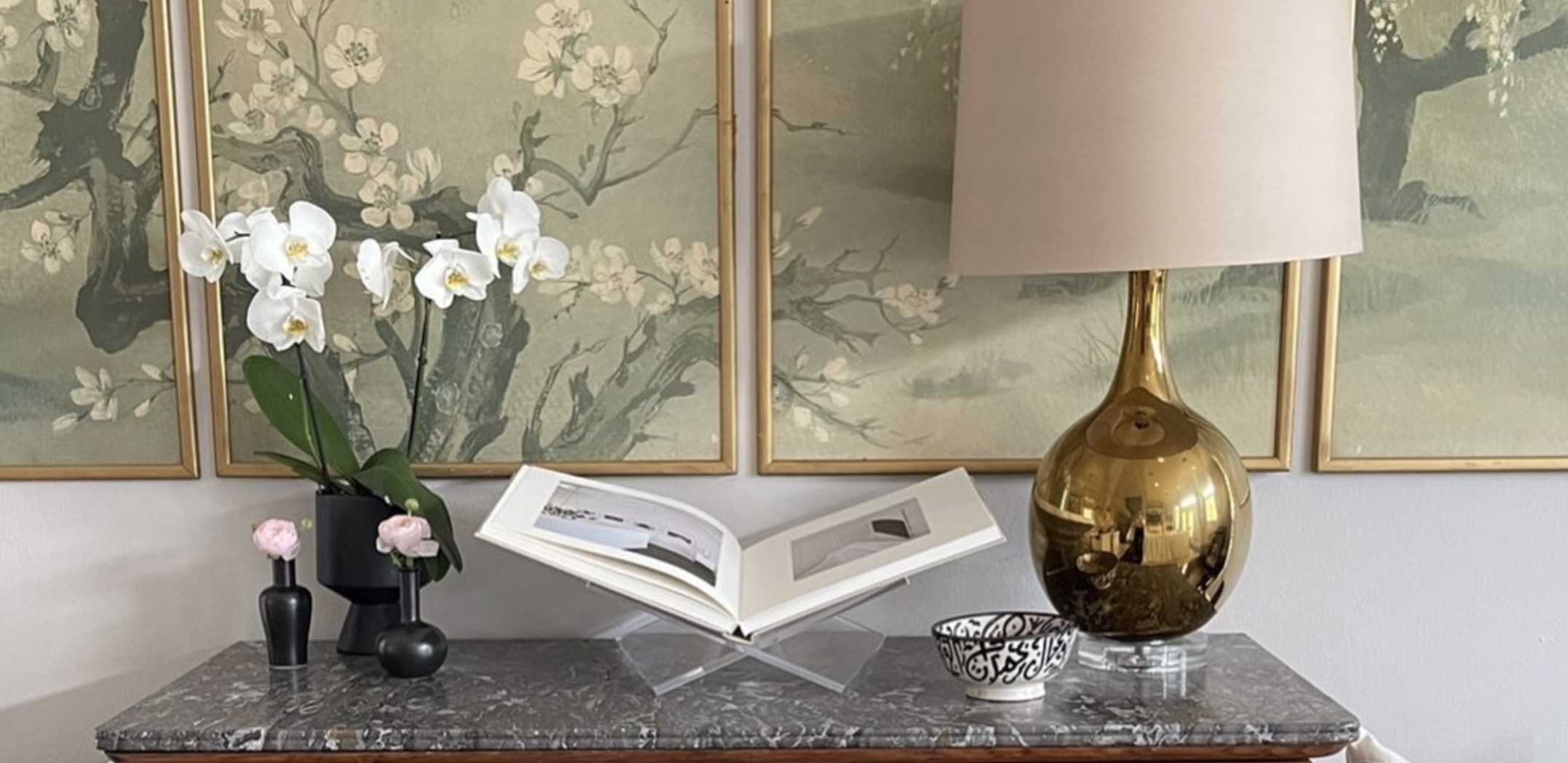A bargain-hunter’s tips and tricks for the best antique finds
Lily Barfield of Lily’s Vintage Finds discovered she had expensive taste when she started working for Paloma Contreras at the interior designer’s Houston storefront, Paloma & Co. “I like the finer things: the authentic antiques and the designer fabrics,” she says. However, like most women in their 20s, she realized that her personal budget couldn’t finance such a lifestyle of constant luxury. That is, until she found a loophole.
“I slowly figured out that the only way I was going to get those things,” she says, “was at estate sales, resale shops and vintage stores. There’s nothing more exhilarating than buying a mirror for $150 and finding out it’s worth $3,000.”
Originally from Baton Rouge, Barfield now lives in Houston but makes frequent deliveries of her finds to friends and customers in Baton Rouge, New Orleans and Dallas. She says she keeps it simple when perusing for stylish steals. “This sounds trite, but I’m literally just looking for things I like,” she says. She recommends that people begin their bargain hunts by merely looking for things that catch their eye.
As for her personal preferences, Barfield generally always aims for high-quality glassware, French antiques, vintage burl wood pieces, vintage brass lamps and sterling silver, but another person’s tastes could lead them somewhere completely different. “Pick up whatever item piques your interest and take it out of context,” she says. “Place it on an empty table or neutral space. You will pretty quickly be able to tell if it’s something that is truly a treasure, or if it’s junk!”
The second step, she says, is verifying whether an object is actually an antique. “If something looks like it’s in perfect condition, it’s likely not an antique or vintage piece,” she says. “Imperfections are part of the charm!”
View this post on Instagram
But several more official methods exist for determining the authenticity of an antique—i.e. something more than 100 years old—or vintage piece. For example, when looking at what could be antique furniture, Barfield advises to always take a peek at the back. Manufacturers of reproductions likely go to great lengths to stain, gild or build a piece that looks old, she says, but they will often cut corners when it comes to the sides of the furniture that most people won’t see. There, she can look closer at the quality, assessing how the piece is held together or observing lines and nicks in the wood. Sometimes the name of the manufacturer and date of creation will even be marked somewhere discreet.
This diligence is especially important when looking at items made of silver, which will be marked with the word “Plate” to denote a silver-plated—as opposed to a pure silver—item. Sterling silver will be marked with the word “Sterling” or the number “925,” meaning that the item is made of at least 92.5% silver.
View this post on Instagram
Sometimes, though, it all comes down to practice and research. “Did you know you can date antique wood furniture by looking at the types of nails that it’s put together with?” says Barfield. Nails fabricated after the 1890s, for example, will most likely be machine-made, with round heads and shanks, whereas older nails will display more hammer marks and irregular shapes.
Another way to find out if an item is an antique or not, she says, is to estimate the weight of the object. “When I’m looking at antique glassware, lamps, tabletop items and other decor accessories, weight says a lot,” says Barfield. “The heavier the piece, the more likely it is to be valuable.”
View this post on Instagram
Lastly, Barfield advises some practical tips for heading out into the world of estate sale shopping. “You’ll always find the best prices at estate sales on the last day,” she says. “Most of the time prices are marked down 50% on Sundays. And bring your own boxes and bags. Most places won’t offer them, and you don’t want to be juggling valuable, once-in-a-lifetime finds while shoulder to shoulder with other shoppers!”
To learn how to place an order for one of Barfield’s vintage or antique finds, follow @lilysvintagefinds on Instagram. For more advice on shopping estate sales, check out our story from the November 2021 issue of inRegister, and read about Lily’s sourcing trip in the French countryside from our June 2023 cover story.












